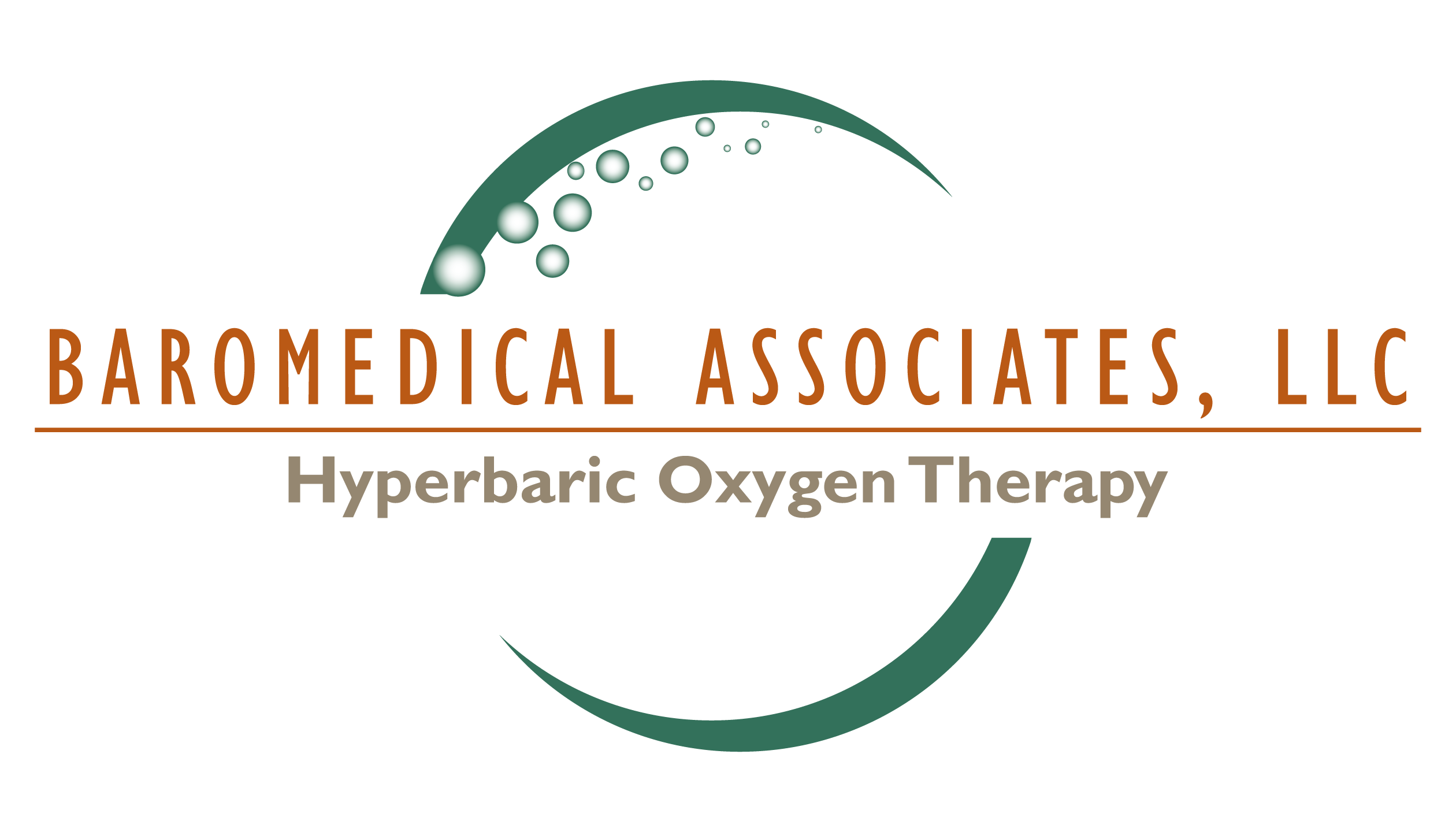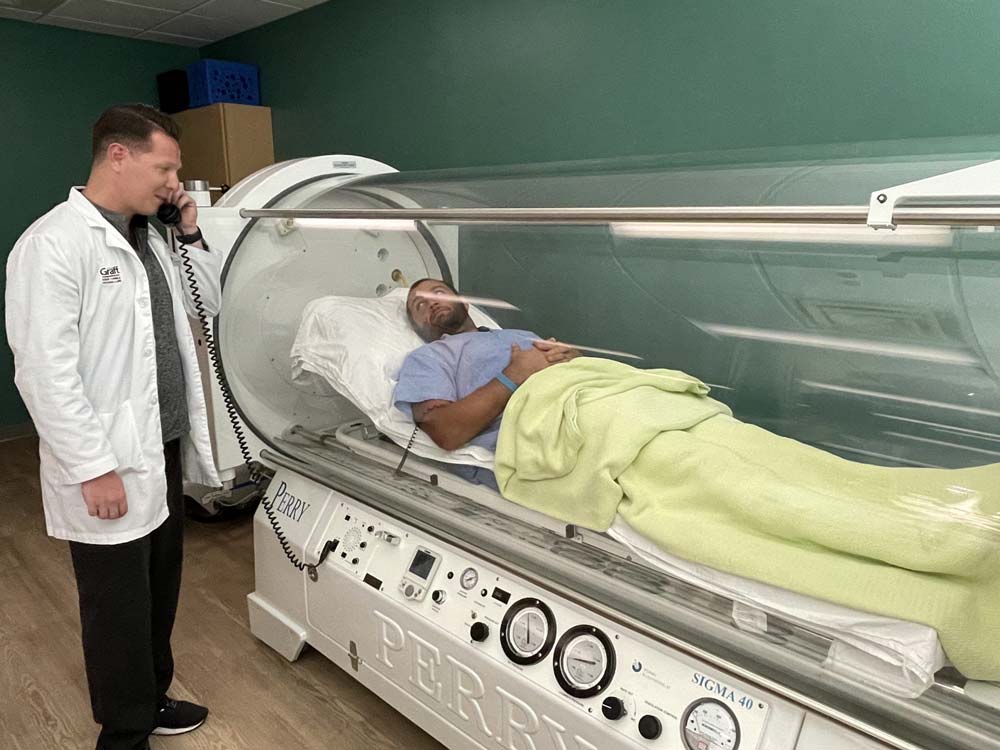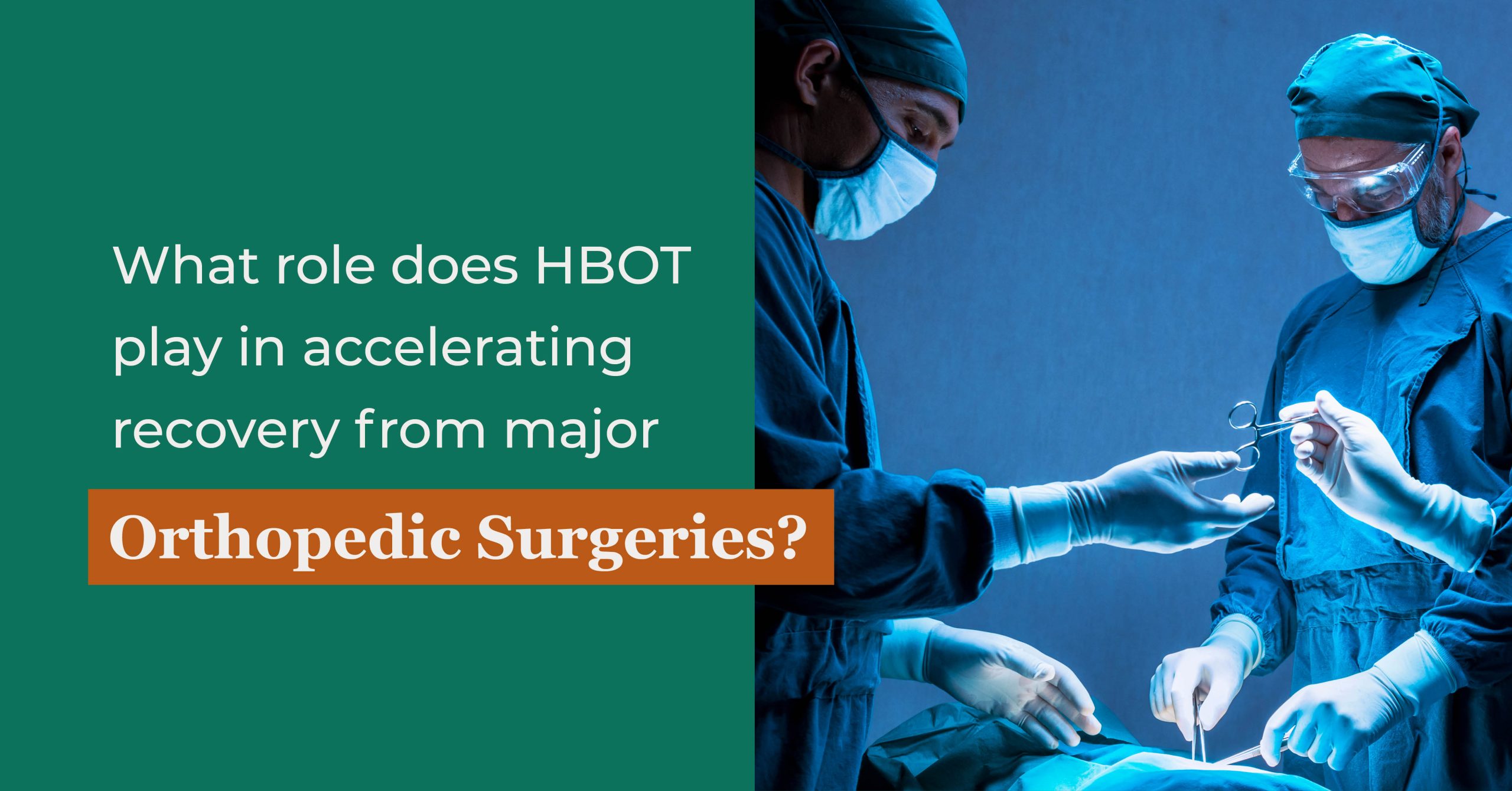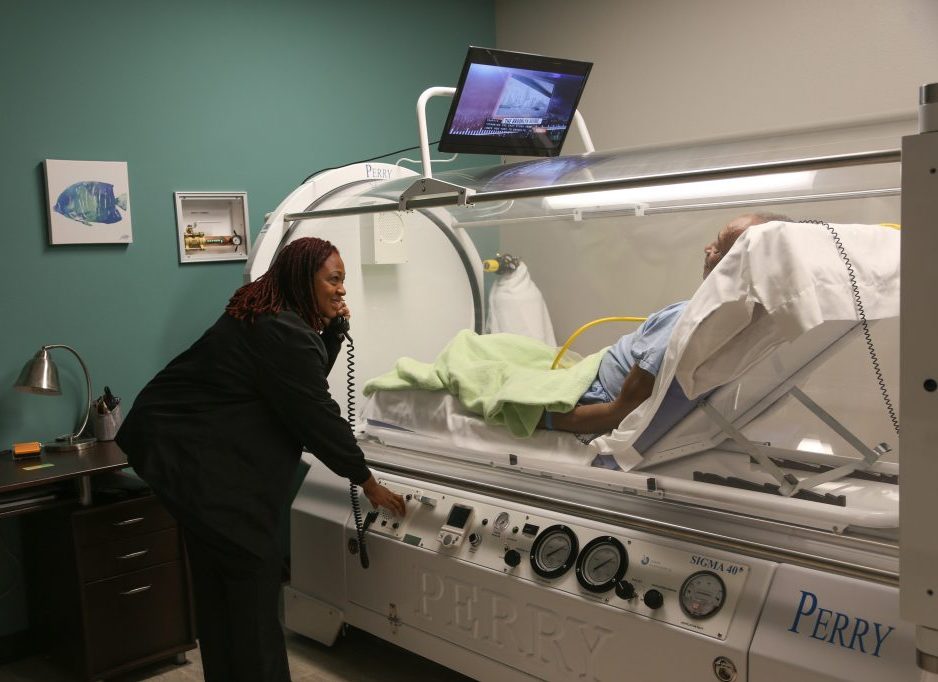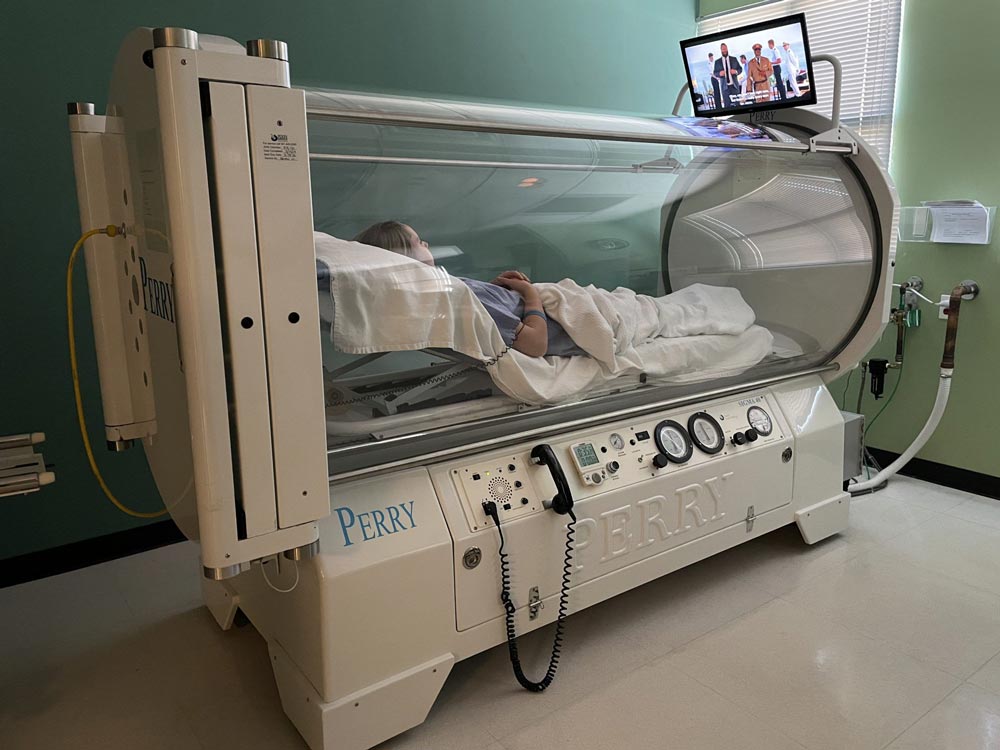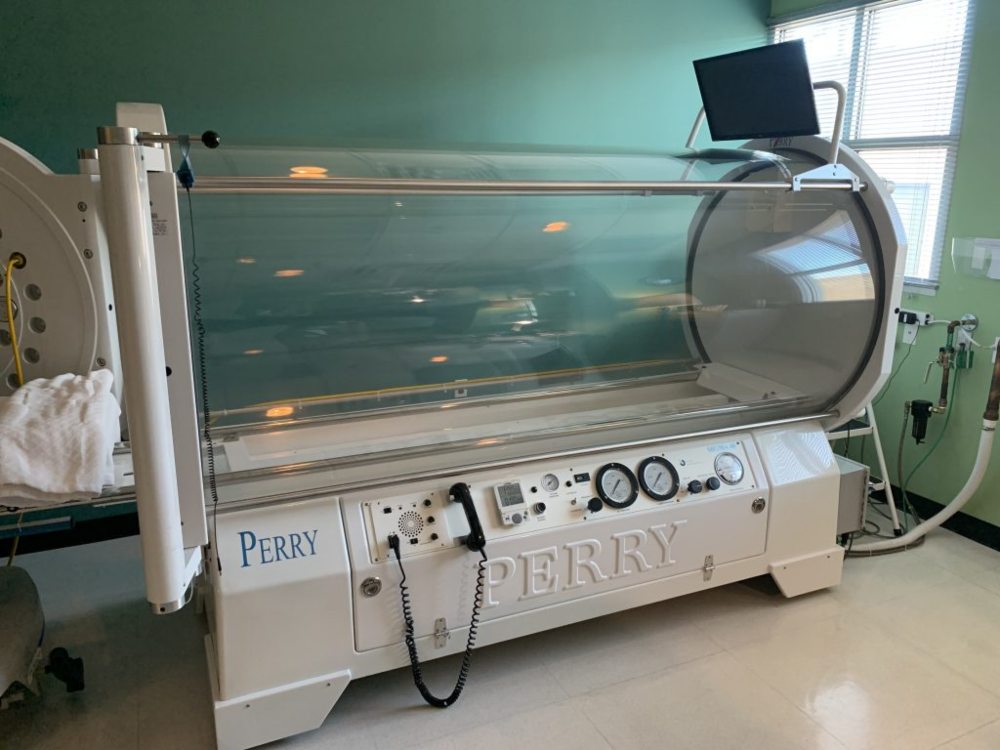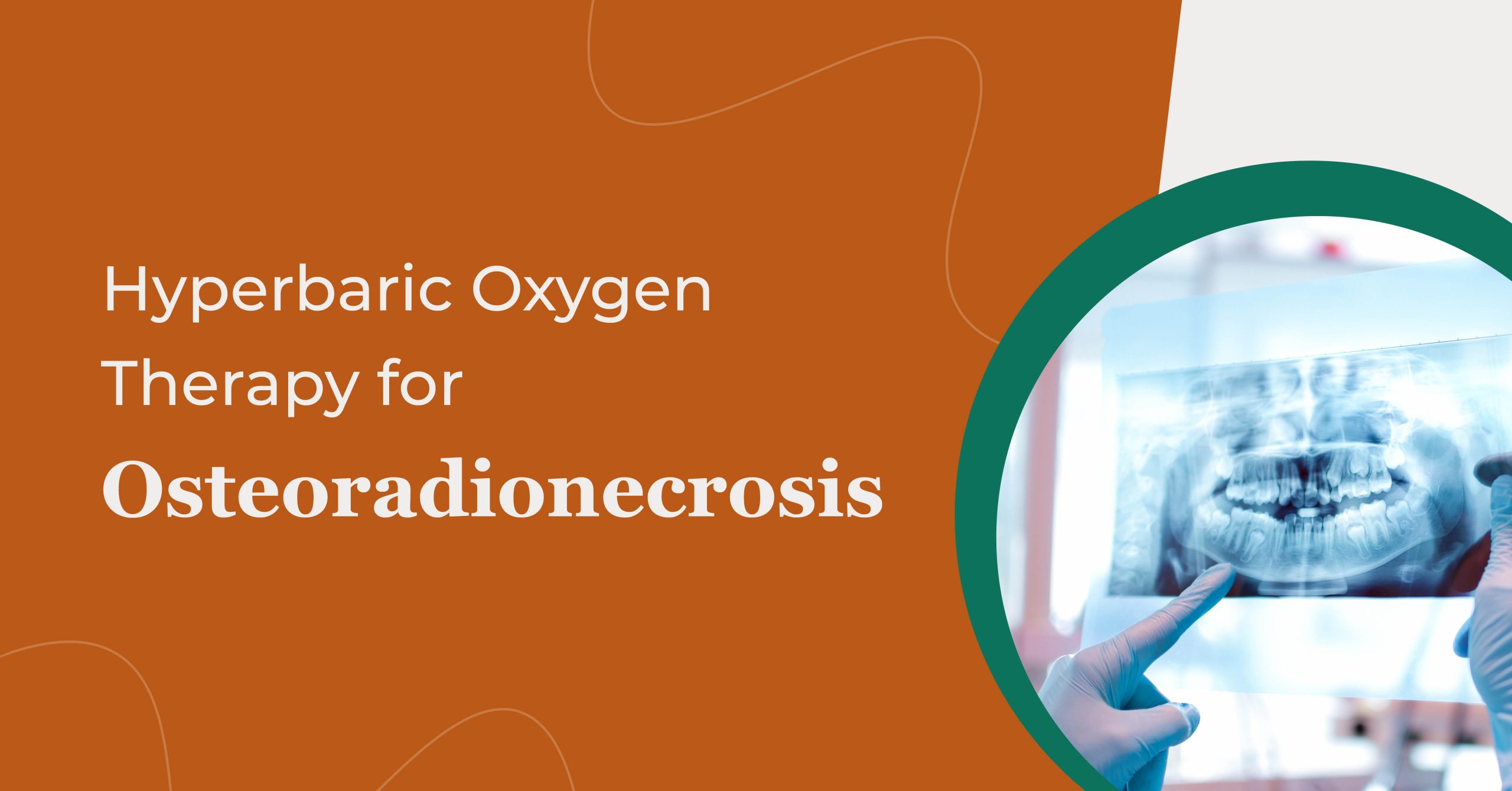IDIOPATHIC SUDDEN SENSORINEURAL HEARING LOSS
Steven M. Piper, D.O., FAAEM
Tracy Leigh LeGros, M.D., Ph.D., UHM, FACEP, FAAEM
Heather Murphy-Lavoie, M.D., UHM, FACEP, FAAEM
Introduction
The Louisiana State University Undersea and Hyperbaric Medicine Fellowship brought two “new indication” proposals to the UHMS HBO Committee at the Annual Scientific Assembly in Fort Worth (June 2011). These indications were avascular necrosis (AVN) and idiopathic sudden sensorineural hearing loss (ISSHL). Both the “pro” and “con” arguments were heard for these proposed indications. Following deliberations, ISSHL was positively proposed as a new indication. This recommendation was ratified by the board in October 2011.
Background
Idiopathic sudden sensorineural hearing loss is classically defined as a hearing loss of at least 30 dB occurring within three days over at least three contiguous frequencies. The most common clinical presentation involves an individual experiencing a sudden unilateral hearing loss, tinnitus, a sensation of aural fullness and vertigo. The incidence is estimated at 5 to 20 cases per 100,000 annually in the United States. However, the incidence may be higher, as many cases are likely unreported. Additionally, it has been estimated that as many as 65% of cases may resolve spontaneously.
Rationale for HBO2
The etiologies and pathologies of ISSHL remain unclear. Several pathophysiological mechanisms have been described including:vascular occlusion, viral infections, labyrinthine membrane breaks,immune associated disease, abnormal cochlear stress response,trauma, abnormal tissue growth, toxins, ototoxic drugs and cochlear membrane damage.
The rationale for the use of hyperbaric oxygen to treat ISSHL is supported by an understanding of the high metabolism and paucity of vascularity to the cochlea. The cochlea and the structures within it require a high oxygen supply. The direct vascular supply, particularly to the organ of Corti, is minimal. Tissue oxygenation to the structures within the cochlea occurs via oxygen diffusion from cochlear capillary networks into the perilymph and the cortilymph. The perilymph
is the primary oxygen source for these intracochlear structures. Unfortunately, perilymph oxygen tension is decreased significantly in patients with ISSHL. To achieve a consistent rise of perilymph oxygen content, the arterial-perilymphatic oxygen concentration difference must be extremely high. This can be restored with hyperbaric oxygen therapy.
Evidence-based medicine While there is a large body of literature comparing therapeutic interventions for the treatment of ISSHL, only a small number of controlled studies have been performed. Moreover, there is no clear consensus for the treatment. More than 60 protocols have been described. However, when the three most prominent and efficacious
treatments (steroids, vasodilators and HBO2) were systematically reviewed by meta-analyses from the Cochrane Collaboration, only the use of HBO2 received a positive, objective, critical review (Cochrane Review, 2010). Both steroids and vasodilator treatments were found to have “no good evidence to suggest the effectiveness or lack thereof” in the treatment of ISSHL. By contrast, the Cochrane Review concluded that “for people with acute ISSHL, the application of HBO2 significantly improved hearing . . .” Multiple controlled studies have also demonstrated a greater degree of hearing improvement when patients receive early intervention with HBO2 and oral steroids concomitantly. The use of
HBO2 for the treatment of ISSHL is Class IIa (AHA Evidence-Based Scoring System) with an “A” Level of Evidence (data derived from multiple randomized clinical trials).
Patient selection criteria
Patients with moderate to profound ISSHL (≥ 41 dB) who present within 14 days of symptom onset should be considered for HBO2. While patients presenting after this time may experience improvement when treated with HBO2, the medical literature suggests that early intervention is associated with improved outcomes. The best evidence supports the use of HBO2 within two weeks of symptom onset.
Clinical management
Patients who present with ISSHL should undergo a complete evaluation by an otolaryngologist and audiologist, inclusive of appropriate audiological and imaging studies, to determine the degree and potential etiology of disease. Patients determined to have ISSHL and meet the selection criteria may benefit from HBO2. The recommended treatment profile consists of 100% O2 at 2.0 to 2.5 atmospheres absolute for 90 minutes daily for 10 to 20 treatments. The 2.4 ATA treatment pressure is probably most practical, especially for facilities with multiplace chamber operations. Patients with no known contraindications to steroid therapy should also be treated concomitantly with oral corticosteroids. Continued consultation and follow-up with an otolaryngologist is recommended.
Utilization review
The optimal number of HBO2 treatments will vary, depending on the severity and duration of symptomatology and the response to treatment. Utilization review is recommended after 20 treatments.
Cost impact
There is no formal detailed cost analyses for ISSHL in the literature. However, the World Health Organization (WHO) has described the cost impact of hearing loss. Hearing impairment makes it difficult to obtain, perform and keep jobs, and the hearing impaired are often stigmatized and socially isolated. The cost of special education and lost employment due to hearing impairment imposes a heavy social and economic burden (WHO, 2010). Adult onset hearing loss is the most common cause of disability globally, and the third leading cause of years lost due to disability. Moreover, adult onset hearing loss is the 15th leading cause of burden of disease,and is projected to move up to 7th by the year 2030 (WHO, 2008). Although additional studies are recommended to further define the pathology and optimize the treatment of ISSHL, based on the current medical evidence, the use of HBO2 outweighs the risk. Furthermore, significantly improving a patient’s hearing and minimizing the social and economic burden of this disease outweighs treatment costs.
